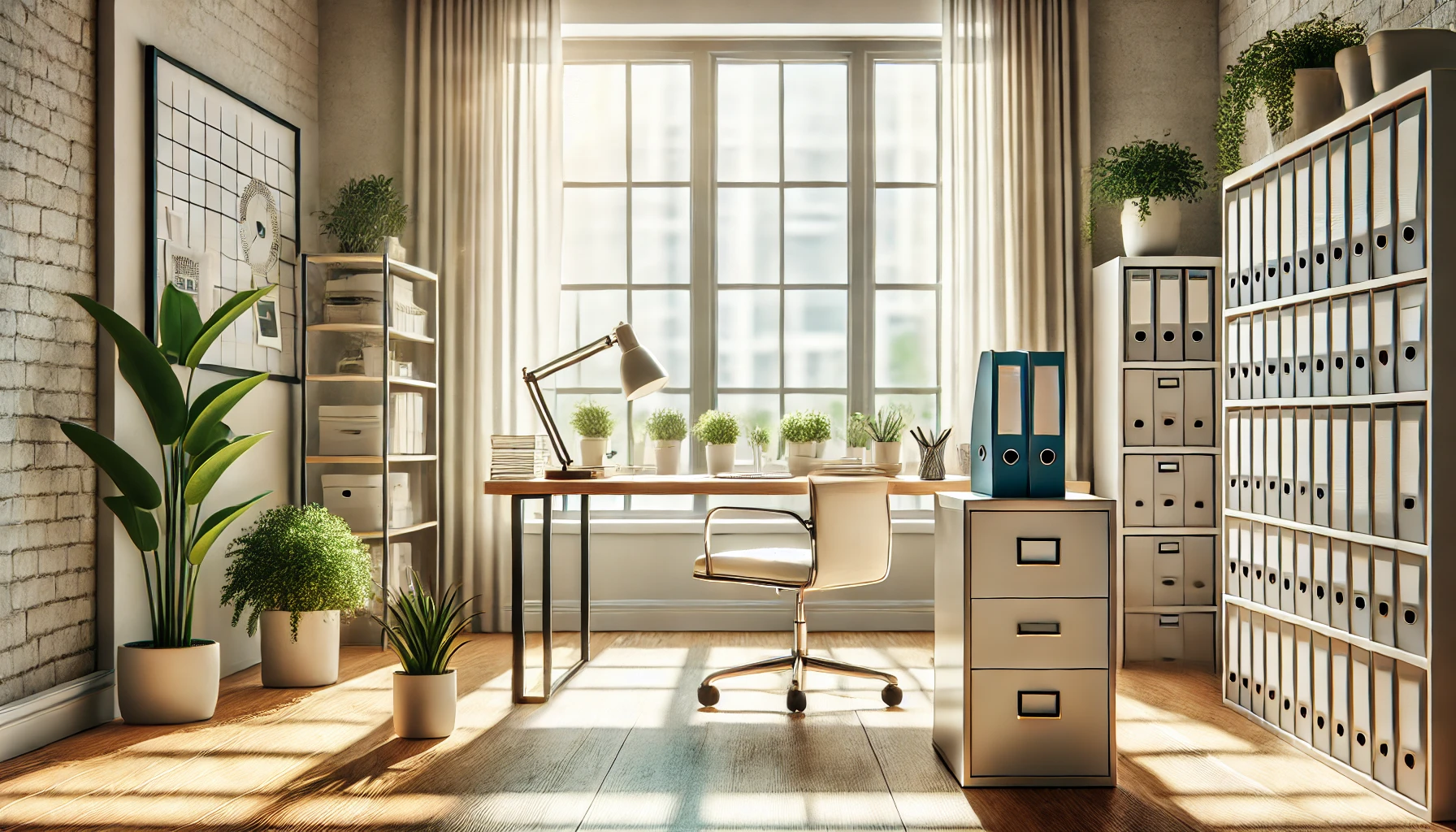Imagine trying to work in a bustling office where your precious natural light is blocked by a towering filing cabinet, and the air feels as stagnant as an old storage room. This scenario introduces an unexpected villain in the workspace: the “abiotic factor stuck in office blocked by filing cabinet.” In this post, we’ll dive into how non-living elements like air, light, and space design can get “trapped” in the office, impacting everything from your productivity to your peace of mind.
1. What Are Abiotic Factors, and Why Do They Matter in Office Settings?
Abiotic Factors Defined
Abiotic factors refer to non-living environmental elements such as air, light, sound, and spatial arrangement that play a surprisingly big role in how comfortable or productive an office feels. Think of them as the silent support crew—when they’re blocked or mismanaged, the whole show suffers.
Why Abiotic Factors Are Crucial in Offices
Unlike coffee breaks and email notifications, abiotic factors work quietly in the background. Good airflow helps you stay alert, natural light boosts your mood, and an open layout keeps the mind—and body—moving. When these factors get “stuck” or obstructed, productivity takes a hit, and discomfort levels rise.
2. Common Office Obstacles Blocking Abiotic Factors
The Filing Cabinet Metaphor
Picture this: a filing cabinet so strategically (or poorly) placed that it blocks out sunlight and stops airflow dead in its tracks. This isn’t just a piece of furniture; it’s an obstacle blocking your path to a comfortable and effective workspace. When misplaced, cabinets, shelves, and even desks can disrupt the flow of abiotic factors.
Other Culprits in Blocking Abiotic Flow
It’s not just filing cabinets that get in the way. Other common office blockades include:
- Closed blinds: Blocking out natural light.
- Crowded desk setups: Limiting air circulation and creating stuffy areas.
- Obstructive screens and partitions: Dulling the light and air quality in their wake.
3. Impact of Blocked Abiotic Factors on Employee Well-Being and Productivity
Air Quality Issues
When airflow is blocked, the office can start feeling more like a cave. Poor ventilation leads to stuffiness, which can make you feel drowsy, less focused, and even irritable. Air quality affects both physical health and cognitive function—two essentials for a productive day.
Lighting Woes
Insufficient lighting, especially when natural light is blocked, can lead to everything from eye strain to lethargy. Artificial lighting, while helpful, doesn’t provide the same health benefits as sunlight. So, when that filing cabinet blocks the sun, it’s not just your view that’s affected—it’s your energy levels too.
Noise Problems in Tight Spaces
When layouts are tight and materials poorly absorb sound, offices can trap noise, creating an echo chamber that disturbs concentration. Without the buffer of open space, even minor sounds—like the hum of a printer or rustling papers—become amplified distractions.
Clutter and Psychological Strain
Clutter doesn’t just take up space; it’s mentally exhausting. Walking into an office cluttered with poorly placed furniture and stacks of files feels stifling and can make the simplest tasks feel overwhelming.
4. Real-Life Examples of Office Layout Pitfalls and Solutions
- Example 1: The Filing Cabinet Ventilation Blocker – Placing filing cabinets near vents may seem convenient, but it restricts airflow. Solution: Move bulky furniture away from air sources to keep fresh air circulating.
- Example 2: Blocking Natural Light with Desks – When desks and monitors are placed near windows, natural light gets blocked. Solution: Position desks perpendicularly to windows to allow light to flow in.
- Example 3: Sound Trap Zones – Closed-off areas without enough sound-absorbing materials can amplify noises. Solution: Use rugs, curtains, and plants to absorb sound and reduce the echo effect.
5. Strategies to Improve Abiotic Factor Flow in Offices
Optimize Layouts
Arrange furniture to create open pathways for both people and air. By positioning desks and storage thoughtfully, you can ensure a natural flow of light and breeze across the room.
Declutter to Clear Paths
Clutter-free zones aren’t just nice to look at—they’re essential for letting abiotic factors flow freely. Regularly decluttering keeps surfaces clear and helps maintain both physical and mental breathing room.
Enhance Air Quality
Introduce air purifiers, open windows periodically, and avoid placing heavy furniture near vents. Strategic placement of fans can also help direct air where it’s needed.
Improve Lighting Options
For rooms with limited natural light, consider adjustable desk lamps and full-spectrum bulbs to mimic sunlight. Keeping blinds open, when possible, allows any available light to filter through.
6. Ergonomics and Comfort: Why Placement Matters
Ergonomics isn’t just about posture; it’s about ensuring that abiotic factors work in your favor. Poorly placed furniture can lead to more than just back pain. For example:
- Desks near windows improve exposure to natural light, but position them to avoid glare.
- Portable storage solutions like rolling cabinets make the workspace flexible and keep airways open.
7. Benefits of a Well-Designed Office Layout
Increased Productivity
An open layout lets light and air reach all corners, keeping everyone alert and energized.
Improved Health and Mood
Good lighting and air circulation reduce physical strain and enhance emotional well-being. A pleasant environment can even improve job satisfaction.
Enhanced Collaboration
Removing physical and visual barriers encourages team interaction and a more collaborative atmosphere.
8. Practical Tips for a Filing Cabinet-Free Workflow
Digitalize Your Files
Embrace cloud storage! Digital filing not only saves space but also makes it easier to access documents on the go.
Portable Storage Solutions
Use mobile cabinets that can be tucked away or moved easily to open up space and improve airflow.
Keep Paths Clear
An open pathway promotes movement, allowing light and air to circulate while also preventing office clutter.
Conclusion
From air to light, abiotic factors may be silent, but they’re far from insignificant in creating a productive, pleasant office environment. Don’t let a filing cabinet stand in the way of workplace comfort and efficiency. The “Abiotic Factor Stuck in Office Blocked by Filing Cabinet” scenario illustrates how small adjustments and rethinking office layouts can transform your workspace into a haven of light, air, and productivity—no cabinet barricade required.
Read also>> mobilehomeexteriors.com – Transform Your Mobile Home



